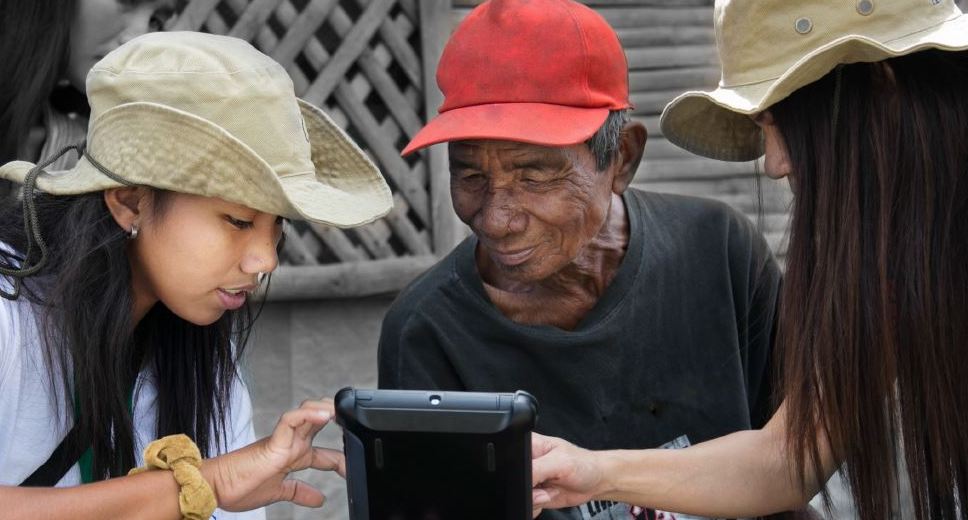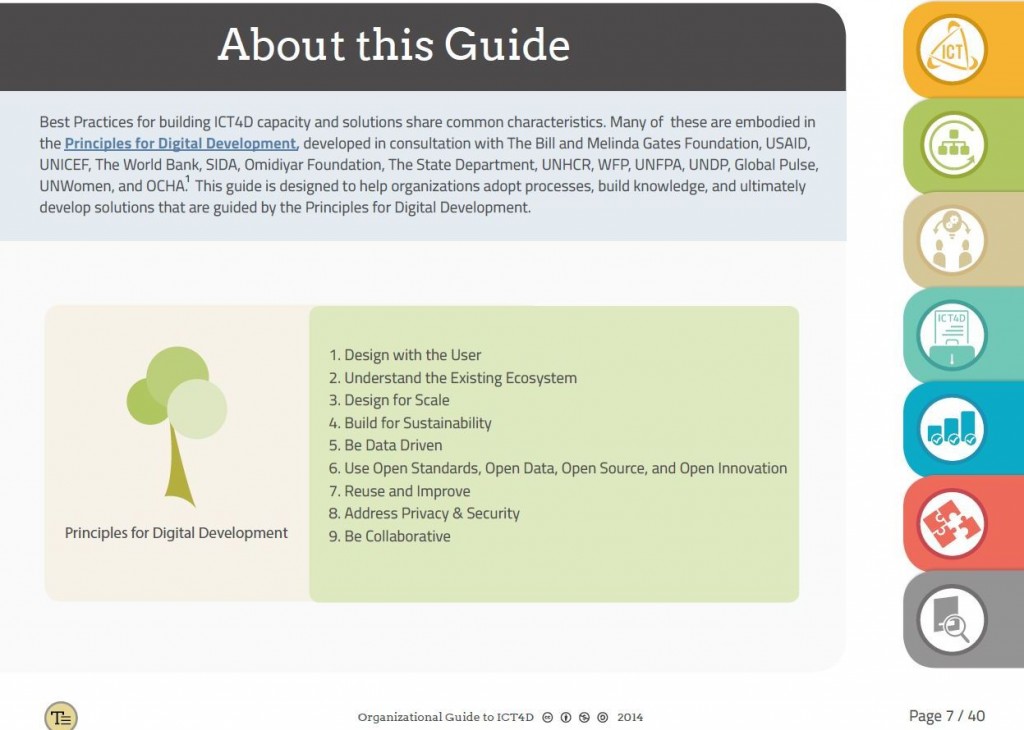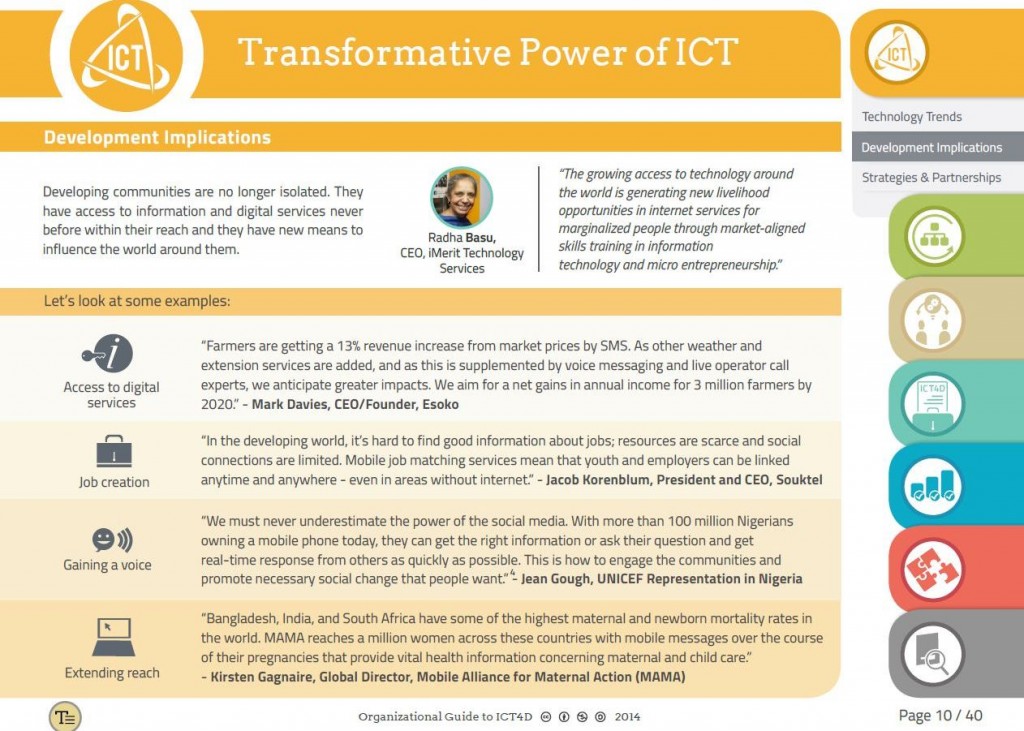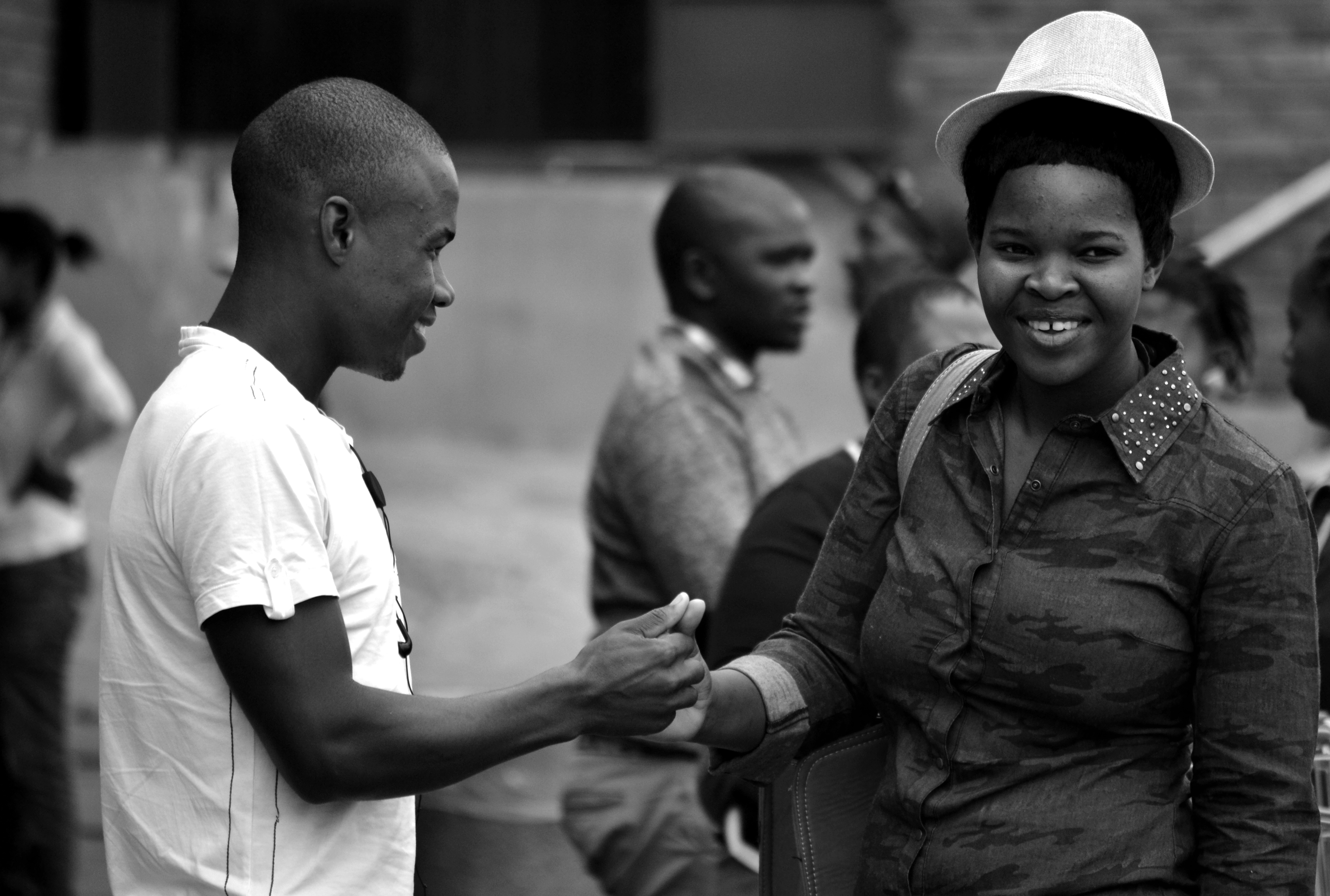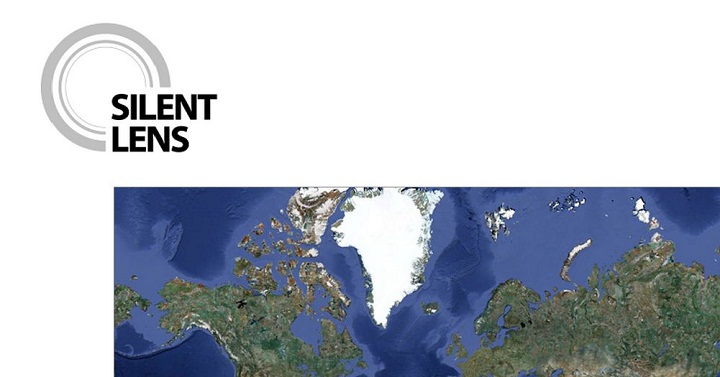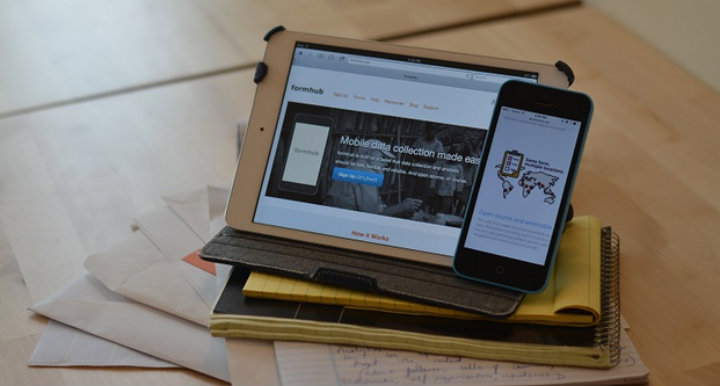Applying technology solutions to the challenges of international development requires organizational change more than new gadgets. That’s why we were thrilled to launch our new Organizational Guide to ICT4D at the NetHope Fall 2014 Summit in Silicon Valley.
The Organizational Guide to ICT4D has been developed in partnership with NetHope, CRS, Microsoft, and HC3, with content shaped by the Principles for Digital Development, and design considerations by the PATH Toolkit for Public Health Managers. Our hope for the guide, which is under consideration for publication under a Creative Commons License, is that the nature and delivery of the publication will be as influential as the content itself.
But what decisions were made to create the new guide?
Lesson 1: Embrace Digital-First Media
Even though mobile-first design has been embraced for online presence, print-first design still reigns supreme for publications in international development. This is partially because the government has been driving industry adoption, but also because PDFs 1) deliver an exact representation of the original document, 2) provide a consistent user experience across platforms and printers, 3) are freely accessible, and 4) can be distributed to low-bandwidth environments.
But that doesn’t mean that you have to design a PDF primarily for offline use. Once you free your publication from the constraints of paper, you can more freely adopt richer colors free from printing requirements, additional external information via hyperlinks, regular updating for rapid iteration, and of course — clickable navigation to easily browse the document.
Lesson 2: Design for Social Distribution
But just because your PDF exists in a digital format, doesn’t mean it will actually be read. According to a May 2014 internal study by the World Bank (available in PDF), nearly one third of reports have never been downloaded. And of those downloaded, how many would you expect to be read in full by their target audience?
The nature of text-heavy, long reports discourages sharing what could be hailed as mission-critical information. But visual information alternatives can be easier to understand and share, especially when used with interactive aids to jump around the content. If you were travelling to a new city and brought a guide book, would you want dense text or an easily navigable companion?
Lesson 3: Help Others Repurpose Your Content
We were fortunate in designing this guide to do so in partnership with organizations committed to NetHope’s mission to act as a catalyst for collaboration for applying common technologies. As such, we wanted the document to be a space to share experiences and thoughts, not a one-way declaration of expertise. By including photos and quotes, we hoped to not just include voices from the field, but to provide a personal relevance and connection on technical content.
But what would we do if we weren’t updating fast enough, or covering in enough depth important topics to our community? How could they take what we had done and make it relevant to their daily tasks? Fortunately, with a Creative Commons licensing approach, we want to signal that the purpose of this document is to be shared, critiqued, dissected, repurposed, and reassembled.
Interested in learning more? We hope that you’ll download the guide and join the conversation.

